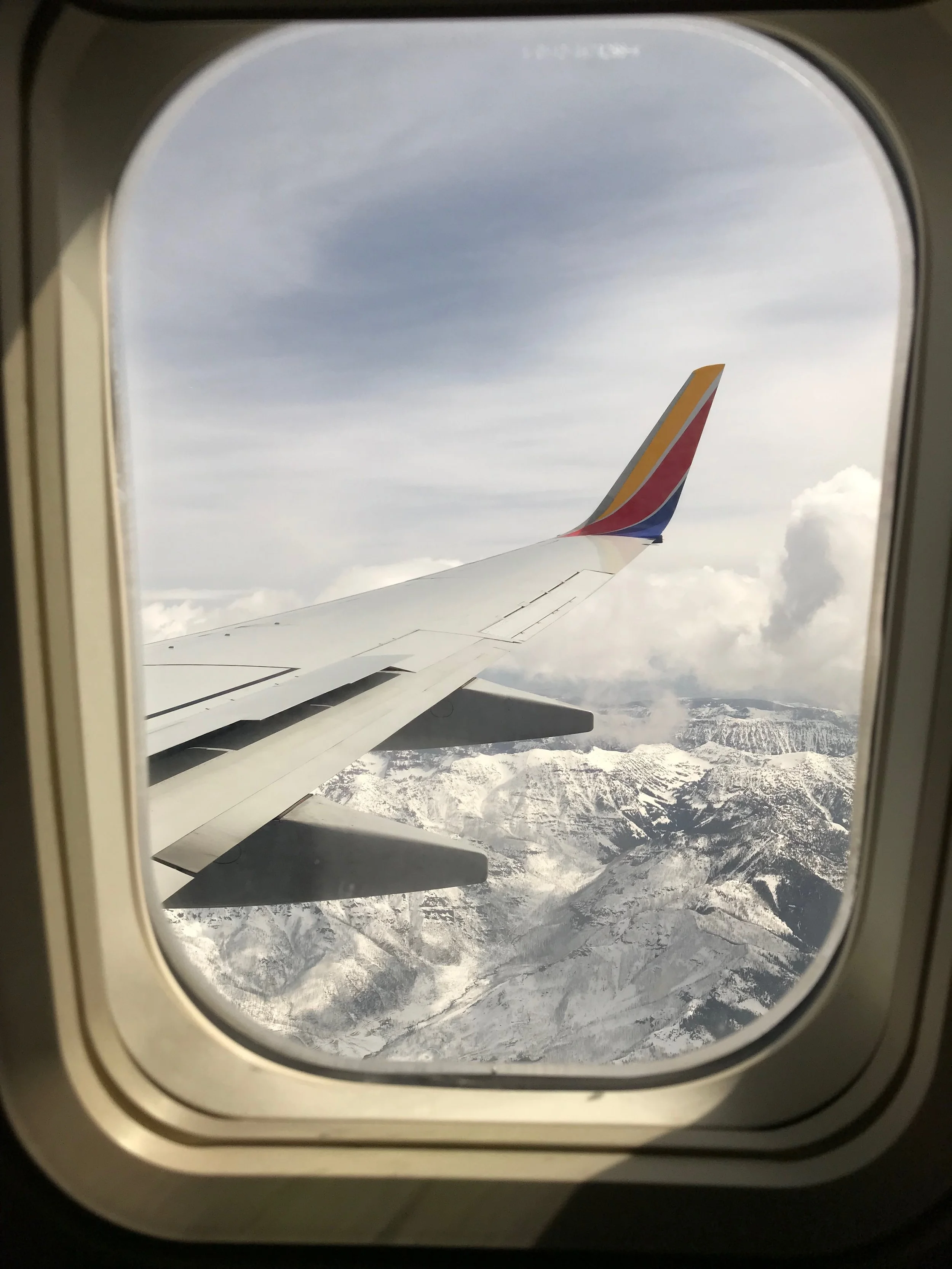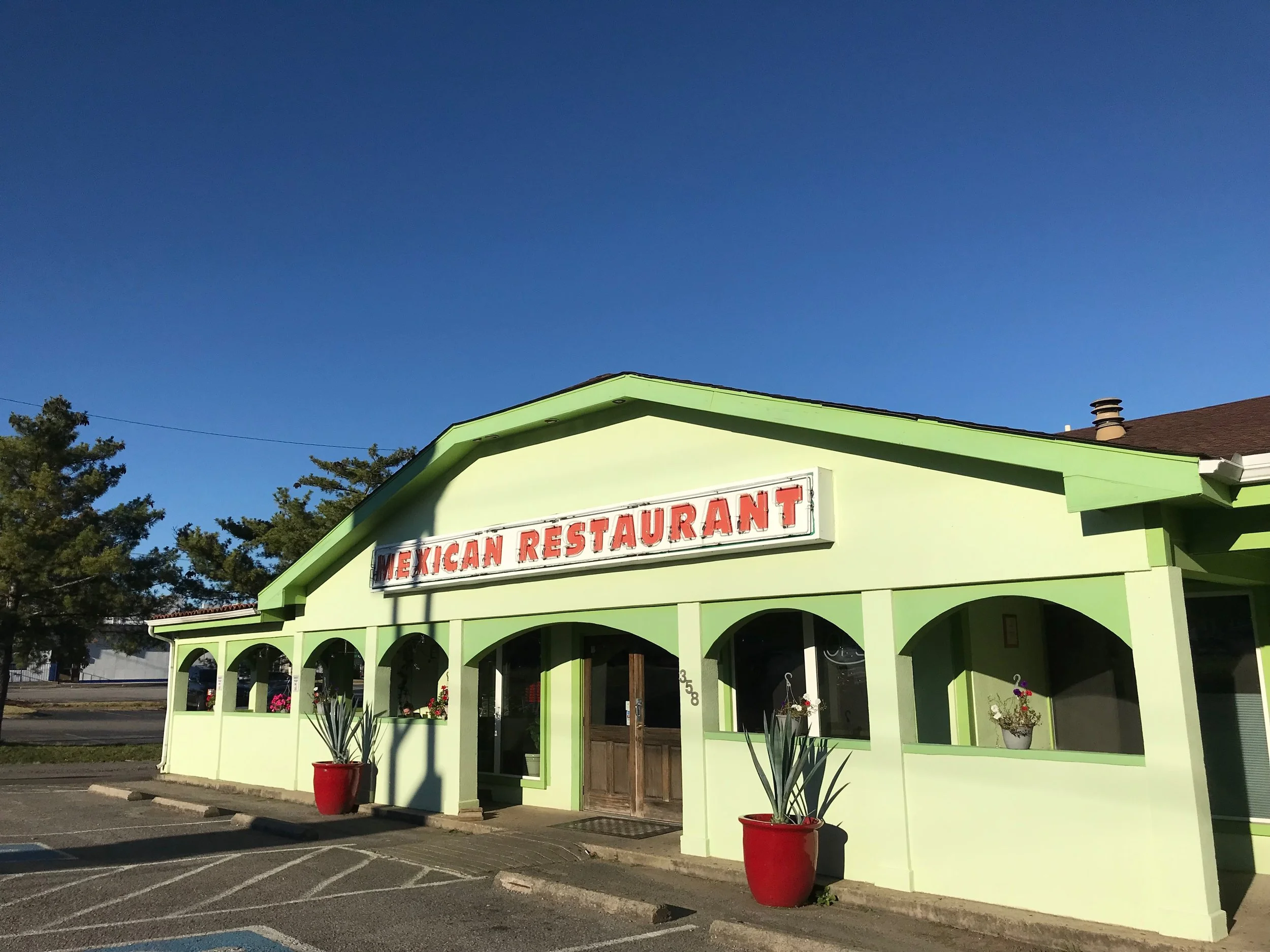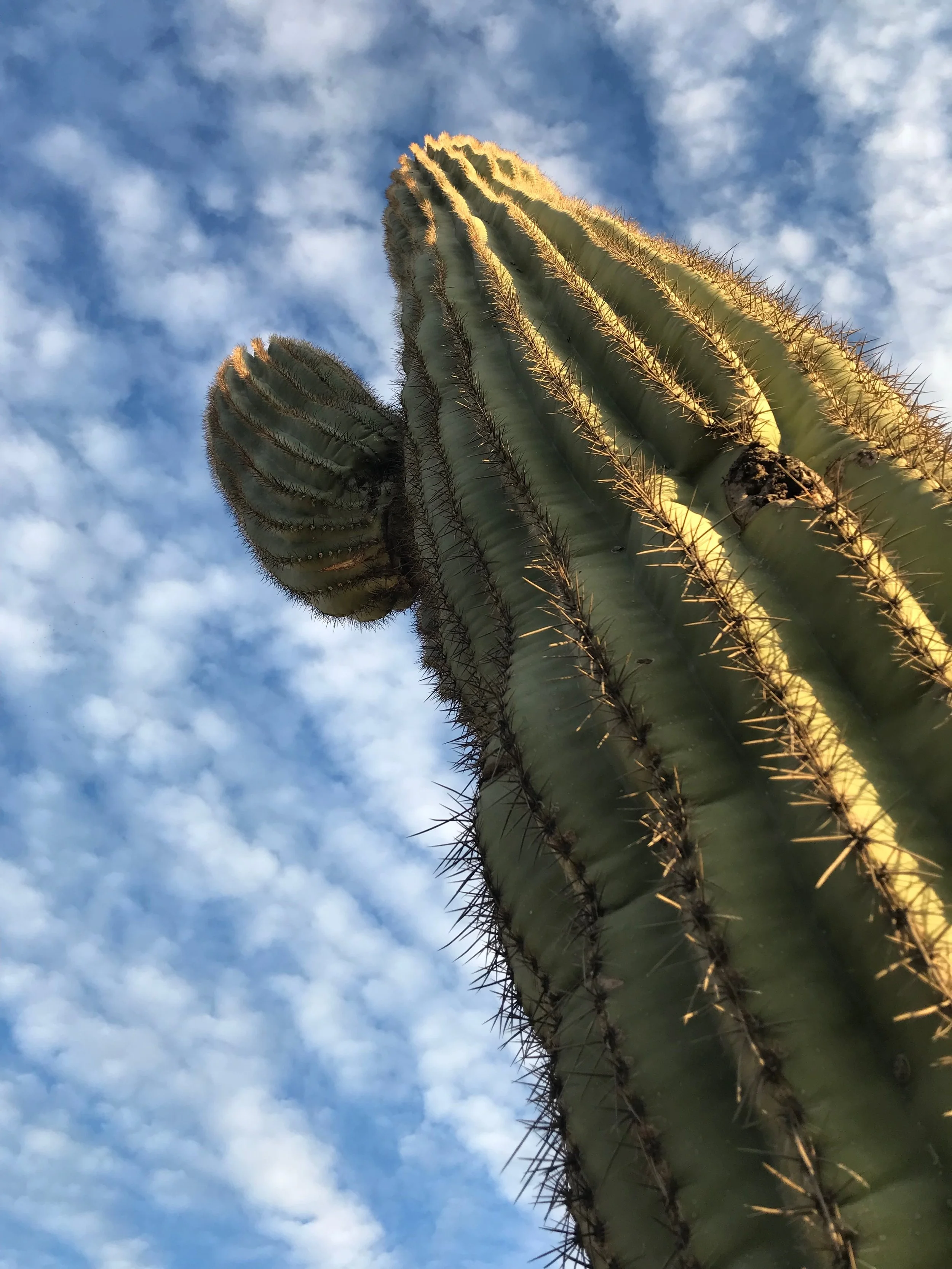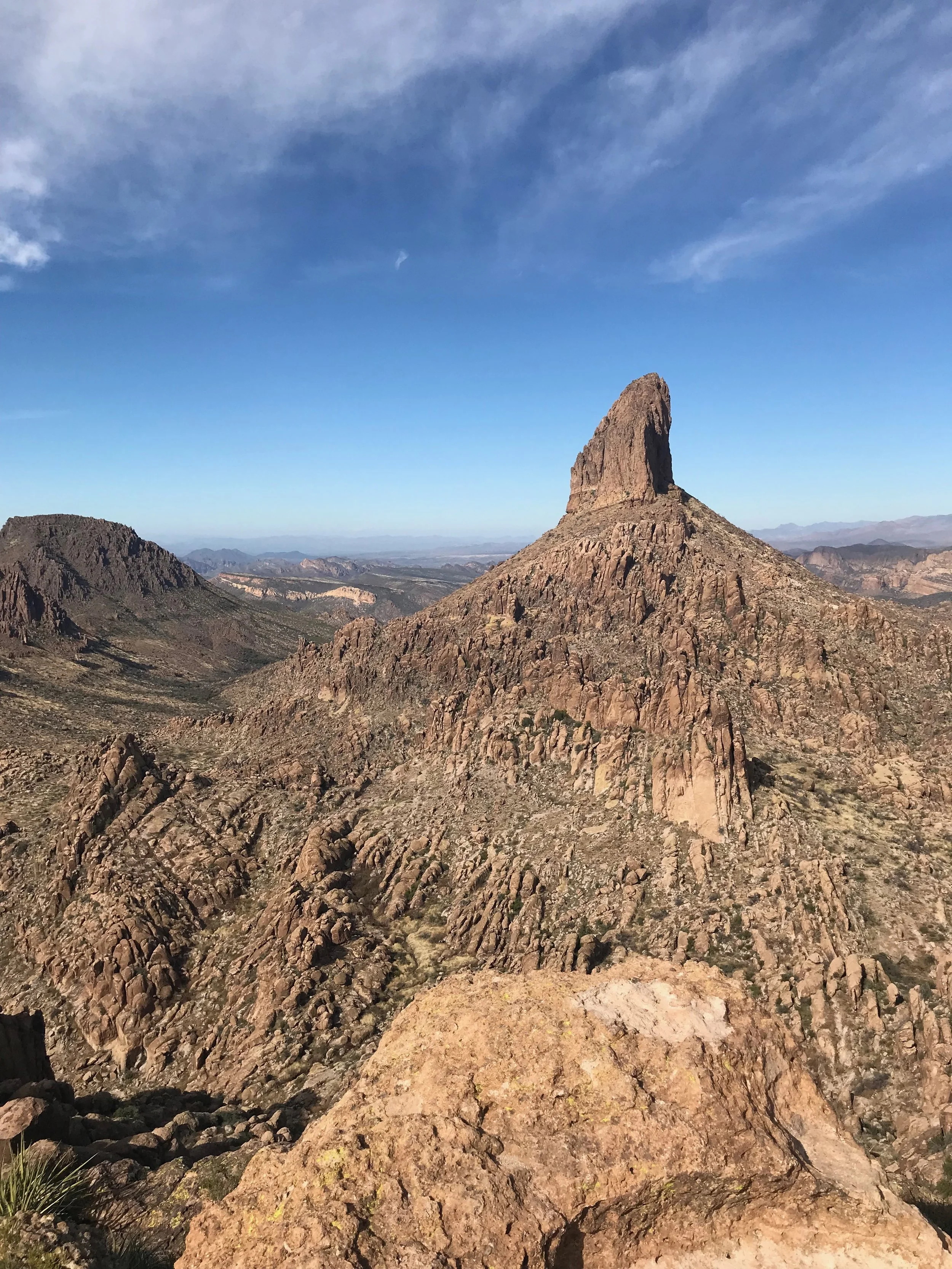Looking for Life
I went to California for a week in April. As we passed over the U.S. at 38,000 feet, I leaned obnoxiously over my friend in the window seat to gaze in wonder at the foreign ground below me: miles and miles, from horizon to horizon, of brown nothing, waterless canyons, forbidding crags and ridges. From the sky, the desert looks merciless. From the sky, the desert looks like death.
We spent one of our California days in Joshua Tree National Park. The desert is a place of straight-up magic to me—the land so wild, so unfamiliar to this girl who was raised among the mosquitos and pine trees of Louisiana. And J-Tree is your classic desert—complete with a lack of water, sunshine that threatens a gnarly sunburn, squat bushes and short, twisted trees that grow in the dry washes. The lady at the National Park guest center sent us away with a map circled with her recommended hikes and, with a smile and upbeat tone of voice, instructions to always make sure we can see where we are putting our hands and feet when climbing on rocks.
“The rattlesnakes don’t want to bother you, but they will bite if startled!”
Joshua Tree National Park gets, on average, 6 inches of rain each year. Six! The average American city gets 39 inches of rain annually. And yet somehow, this desert is bursting with life—an entire forest of Joshua trees can be found in the park. Not only is there life in this land of little rain, but these trees can live for hundreds of years in a place that, to these human eyes, looks like a stark wasteland, a place of death.
Dotting the ground of the park are plants that make my heart swoon: cactuses*. And these cactuses were blooming bright pink and red flowers. (I just about lost. my. mind.)
While hiking through the park, climbing smooth boulders and crunching through sandy washes, I thought about our flight out here only a few days earlier. I think so often when we’re smack-dab in the middle of a desert of our own, we often have an aerial view of it: brown, lifeless nothing spread over the entire earth, horizon to horizon. Our deserts will look different—a job loss that flattens you, credit card debt that seems endless, a family drama that has yet to resolve, a breakup that breaks you, an addiction that controls you, a depression or an anxiety that plagues you. Deserts can look so much like a place of despair.
But if you look closer, you might notice that, even here, even in this place that gets only 6 inches of rain per year, there’s life. There’s trees that live hundreds of years and cactuses that bloom bright buds and chipmunks that make their home under the squat bushes.
We’ll all find ourselves in the desert at some point in our lives; that’s just one of the more dispiriting facts of life. But I’m learning, slowly, through desert sojourns both real and metaphorical, there’s still growth and life to be found in this dry, forbidden place, if only we take the time to look for it.
[*Look, look, look, I know the grammatically correct version of the plural form of "cactus" is "cacti." But "cactuses" sounds way better, right? Right. Go with it.]
BUY 1, GET… AS MANY AS YOU WANT!
Windrose Magazine is your guide to navigating life in your twenties through a collection of essays, interviews, and advice that will inspire you to chart your own life course, free of comparison.
PLEASE NOTE: We can only ship within the United States. We still love our international friends, promise!
Magazine ships from our HQ within 7-10 business days of order. All sales final.
INVENTORY SALE: Buy 1 copy, get … as many as you want! Yes, really. We will contact you after purchase through the email you submit during the checkout process to confirm how many copies you would like.
Please note that orders of 10+ copies will incur additional shipping fees. Order limits are subject to remaining inventory count.













Hi friends,
Announcement (sounds so formal, doesn’t it?):
It's the end of an era.
I’ve decided that, after nearly 8 years of telling stories of navigating life, this season of Windrose is drawing to a close.